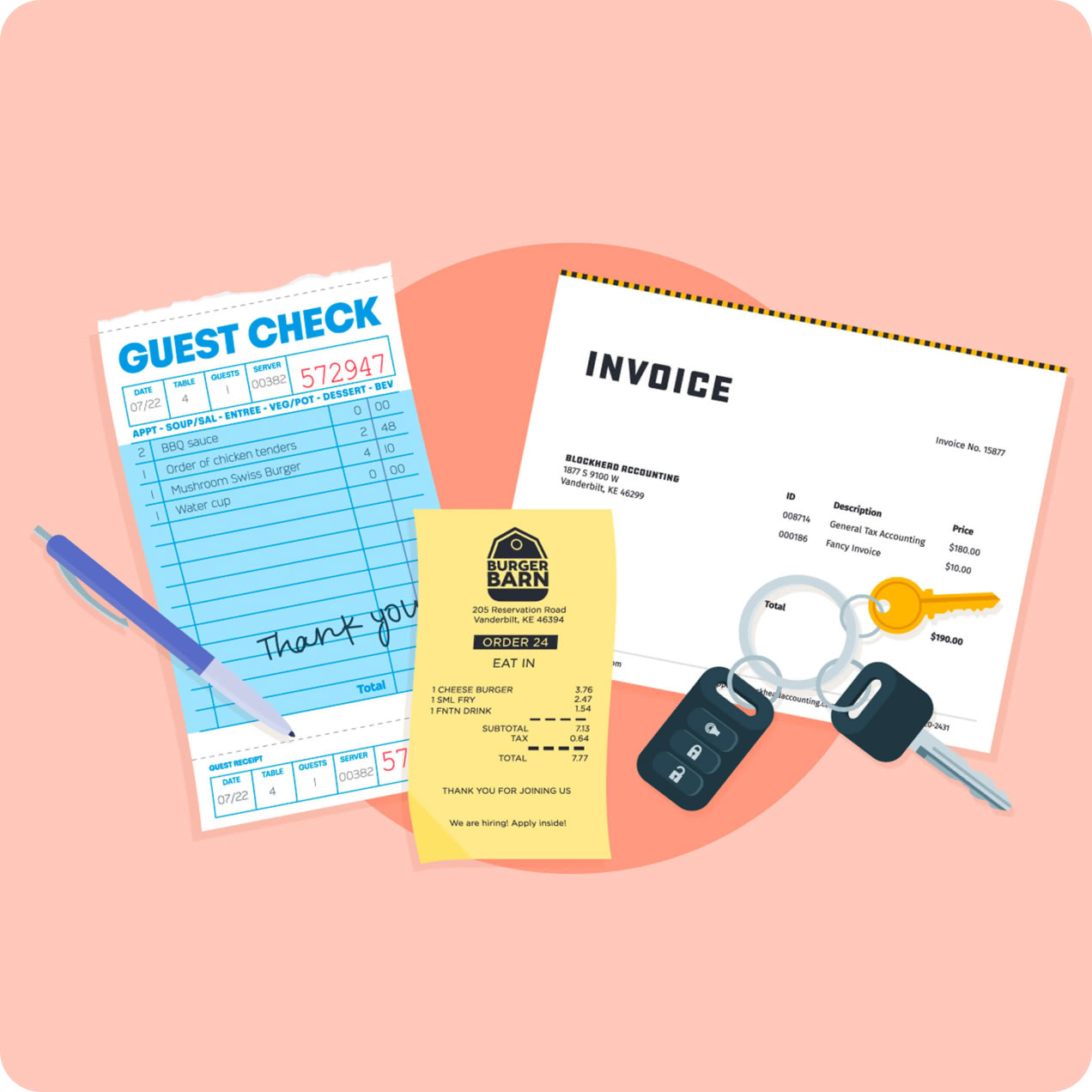1.A.1: Analyze costs, benefits, and opportunity cost to determine the achievement of personal financial goals.
3.A.1: Determine the circumstances for using a spending plan.
3.C.1: Determine the services that are provided through tax dollars.
3.D.1: Identify the rights and responsibilities of all parties entering into a contract, such as college loans, cell-phone contracts, car loans, and credit cards.
4.A.1: Differentiate among situations when debt is an advantage and when it is a disadvantage.
4.B.1: Compare sources of consumer credit, and apply them to consumer decisions.
4.C.1: Explain personal responsibility and the factors that affect creditworthiness, such as payment history and the ratio of total debt vs. total available credit.
5.A.1: Determine both short- and long-term savings goals.
6.A.1: Explain circumstances that impact income and wealth.
6.B.1: Determine how to detect a fraudulent situation and the methods for protection against fraudulent activities.
6.C.1: Investigate and apply different types of insurance coverage to selected situations.
1.A.2: Apply the decision-making process to an unforeseen situation.
1.B.2: Apply the decision-making process to achieve a personal financial goal.
3.A.2: Apply money-management strategies that enable individuals to progress toward stated financial goals.
3.C.2: Evaluate the consequences of not complying with personal tax obligations.
3.D.2: Discuss the possible consequences of not adhering to the terms of a contract.
4.A.2: Discuss how debt can be used to establish credit.
4.B.2: Calculate the difference between short- and long-term loans with regard to interest.
4.C.2: Explain how a credit report is used and how frequently it should be obtained.
5.B.2: Describe federal deposit-insurance programs for banks and credit unions.
6.A.2: Strategize methods to minimize financial loss.
6.B.2: Assess situations that put consumers in financial risk, such as sharing account information, identity theft, and co-signing on loans.
6.C.2: Review and apply criteria to choose insurance coverage for selected situations.
1.A.3: Explain the concept of financial obligations, such as a promissory note, cell-phone contract or college loan.
1.B.3: Evaluate outcomes of financially responsible and irresponsible decisions.
3.A.3: Cite examples of trade-offs resulting from competing financial goals.
3.C.3: Evaluate various sources of tax planning and filing assistance.
4.A.3: Predict the consequences of having too much debt, and analyze the problems of not meeting credit obligations, such as poor credit score, late fees, loan acquisition, paying higher interest rates, and bankruptcy.
5.A.3: Create a spending plan that includes strategies to accomplish savings goals.
6.C.3: Compare insurance rates, premiums, and deductibles to minimize costs in selected situations.
3.A.4: Prepare a spending plan based on personal values and goals.
4.B.4: Compare and compute interest and compound interest and interpret an amortization table.
4.C.4: Apply strategies to prevent or manage credit problems.
1.A.5: Evaluate factors that affect personal financial decisions and actions.
4.B.5: Compute and assess the accumulating effect of interest paid over time.
5.B.5: Assess factors that influence financial planning (age, income, liabilities, assets, goals, family size, risk tolerance, etc.).
4.A.6: Identify strategies to acquire and maintain credit.
2.D: D. Examine how income and debt affect choices and spending.
